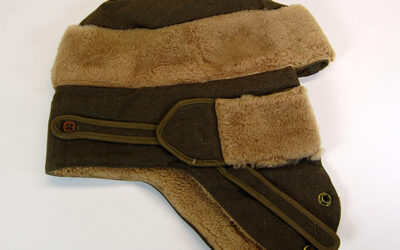Conservators use a lot of different tools and equipment when treating objects and artwork in the lab. This quarter’s blog posts from the Ford Center will be about different tools and how we use them.
Much like the smaller version in the Paper Lab, the Paintings Lab at the Ford Center has its own suction table. But this one has a trick up its sleeve. Not only can it draw a suction, but it heats up!
While some of the equipment we use looks complicated and high tech, they use simple to understand principles: heat, humidity, and pressure. When you use would use an iron and an ironing board you are utilizing heat, pressure and steam to smooth out the wrinkles in your clothing. We do the same thing to flatten the wrinkles and distortions in paintings. The only difference, is that the large size of the table allows the heat, pressure, and water vapor to be distributed more evenly and at the same time.
Lining a Painting
This is particularly useful when paintings need to be lined onto new canvas. When a painting’s original canvas has become too damaged or brittle, Paintings Conservator, Kenneth Bé removes the canvas from its old stretcher. Using a heat-activated adhesive film, he can adhere it to a new canvas. By placing plastic sheeting over the top, the suction applies even pressure to the painting and the hot table evenly heats the adhesive. The heat and suction can also be used to flatten paintings that have distorted. If the painted surface has curled, or “cupped”, over time, the hot table can be used to flatten the paint layer back down.
The hot table also has a flexible plastic frame that can be attached over the top. With this, the table can be turned into a humidification chamber. An ultrasonic humidifier can supply water vapor into the chamber to help humidify and flatten canvases.



